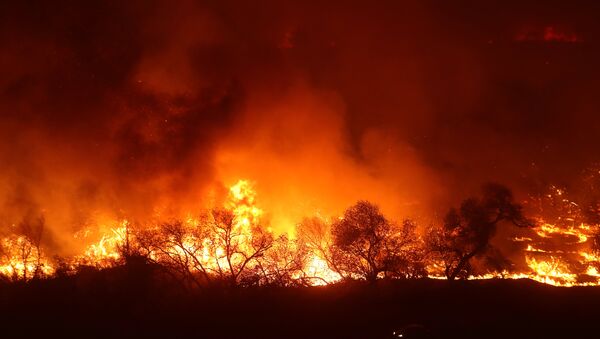A team of scientists from the Southern University of Science and Technology (SUSTech) in Shenzhen, China and the University of East Anglia (UEA) studied projections from 27 global climate models to identify areas of the world where aridity will change as global warming raises temperatures by 1.5C, 2C above pre-industrial levels.
The research has been published in the journal Nature Climate Change and it explains the correlation between global warming and aridification.
Aridity can also lead to more droughts and wildfires such as was recently seen raging across California.
Dr Manoj Joshi from the UEA's School of Environmental Sciences said, "Our research predicts that aridification would emerge over about 20-30 per cent of the world's land surface by the time the global mean temperature change reaches 2C. But two thirds of the affected regions could avoid significant aridification if warming is limited to 1.5C,” publication Phys.org reported.
In order to keep global warming under 1.5C or 2C, we would need to reduce greenhouse gas emissions into the atmosphere significantly.
The publication pointed out that today drought severity has been increasing across the Mediterranean, southern Africa, and the eastern coast of Australia.
The semi-arid areas of Mexico, Brazil, southern Africa and Australia have been facing desertification for some time as the world has warmed over the 20th Century.
The authors of the study have called for more efforts to mitigate global warming in order to curb the spread of aridification.




